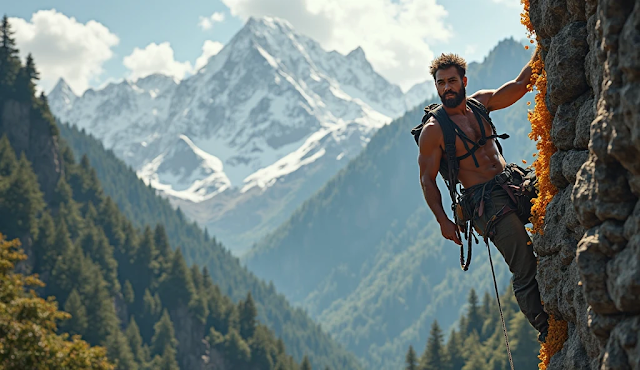Climbing Mount Everest is a monumental endeavor that requires careful planning, significant financial investment, and adherence to Nepal's regulatory procedures. As of 2025, Nepal has revised its permit fees and regulations for Everest expeditions, affecting both individual climbers and organized groups.
Permit Fees for Mount Everest:
Effective from September 1, 2025, the Nepalese government has increased the permit fees for Mount Everest climbers. The new fees are as follows:
-
Spring Season (April-May): $15,000 per climber, up from $11,000.
-
Autumn Season (September-November): $7,500 per climber, increased from $5,500.
-
Winter Season (December-February): $3,750 per climber, up from $2,750.Business Insider
Group Expeditions:
While there is no official maximum group size for Everest expeditions, logistical considerations typically limit group sizes to between 10 and 15 climbers. Larger groups may face challenges with coordination, resource allocation, and maintaining safety standards.
Procedures and Verification:
-
Permit Acquisition: All climbers must obtain a permit from Nepal's Department of Tourism. The application requires submission of personal details, climbing experience, and a comprehensive expedition plan.
-
Expedition Management: Climbers are required to coordinate their expeditions through registered Nepali trekking agencies. These agencies handle permit applications, logistical arrangements, and ensure compliance with safety and environmental regulations.
-
Safety and Environmental Measures: To enhance safety and reduce environmental impact, climbers must adhere to guidelines such as carrying waste disposal bags and participating in cleaning campaigns.
Permit Fees for Other Himalayan Peaks:
Nepal offers a variety of trekking and climbing peaks, each with its own permit requirements:
-
Manaslu (8,163m): Requires a Restricted Area Permit costing $100 per week in autumn and $70 in other seasons, plus a Conservation Area Permit of $30. Climbers must travel in groups of at least two with a registered guide.
-
Lobuche East (6,119m): Classified as a trekking peak, the permit fee is $250 during spring, $125 in autumn, and $70 in winter and summer.
-
Kongde Ri (6,187m): A trekking peak with a permit fee of $350 for up to four climbers.
-
Singu Chuli (6,501m): Also known as Fluted Peak, the permit costs $350 for a team of up to four members.
-
Hiunchuli (6,441m): A trekking peak with a permit fee of $350 for up to four climbers.
Climbing Seasons and Considerations:
-
Spring (March-May): Offers stable weather and is the most popular season for Everest expeditions.
-
Autumn (September-November): Provides favorable conditions with fewer climbers.
-
Winter (December-February): Characterized by harsh conditions, suitable only for highly experienced climbers.
-
Summer (June-August): Monsoon season brings heavy rainfall, making climbing dangerous.
Recent Developments:
In April 2023, Nepal imposed a ban on solo trekking to enhance safety and generate employment by requiring travelers to hire guides. This policy affects all trekking regions, including Everest. Condé Nast Traveler
Conclusion:
Embarking on an expedition to Mount Everest or other Himalayan peaks necessitates thorough preparation, financial investment, and compliance with Nepal's regulations. Prospective climbers should coordinate with registered Nepali trekking agencies to navigate the permit process, ensure safety, and contribute to the sustainable management of these majestic mountains.







0 Comments